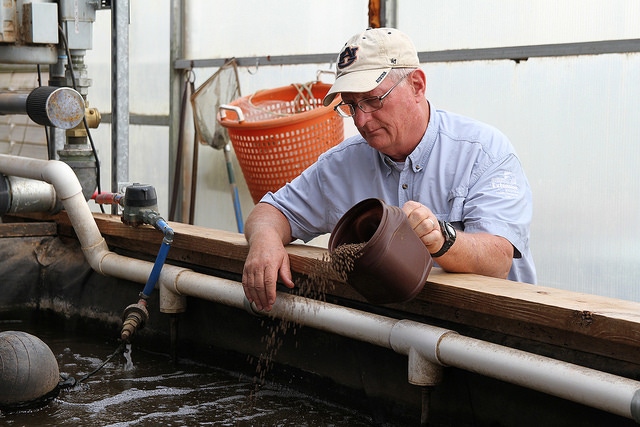Subscribe to Our Newsletters
Feedstuffs is the news source for animal agriculture
Multi-trophic aquaculture involves re-tasking production byproducts like nitrogen waste from fed aquatic species to fertilize plants or to feed aquatic plants.

You May Also Like